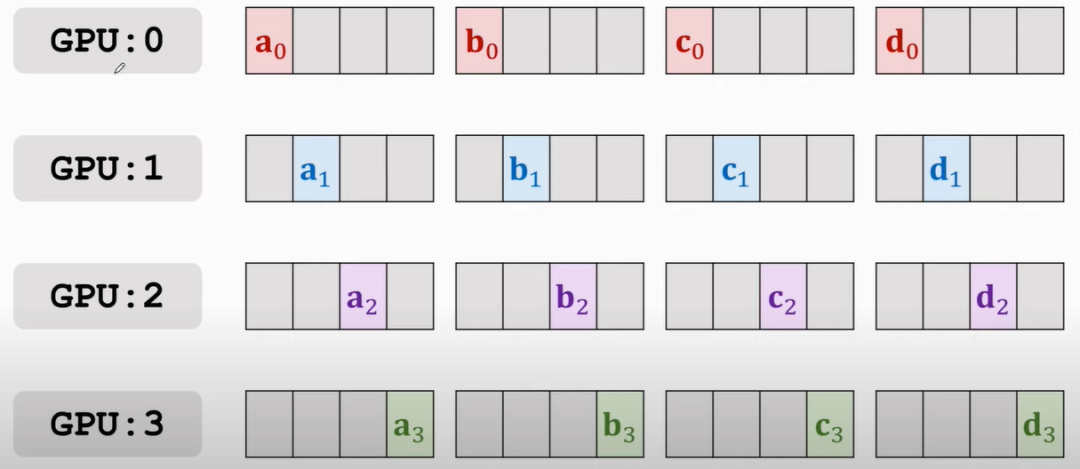深入理解 Java 变量类型、声明及应用
原创Java 变量
变量是用于存储数据值的容器。在 Java 中,有不同类型的变量,例如:
- String - 存储文本,例如
"你好"。字符串值用双引号引起来。 - int - 存储整数(全数字),没有小数,例如
123或-123。 - float - 存储浮点数,带有小数,例如
19.99或-19.99。 - char - 存储单个字符,例如
'a'或'B'。字符值用单引号引起来。 - boolean - 存储具有两种状态的值:
true或false。
声明(创建)变量
要创建变量,您必须指定其类型并为其分配一个值:
语法:
type variableName = value;其中:
type是 Java 的一种类型(例如int或String)。variableName是变量的名称(例如x或name)。- 等号用于将值分配给变量。
以下示例演示如何创建一个用于存储文本的变量:
示例:
String name = "John";
System.out.println(name);以下示例演示如何创建一个用于存储数字的变量:
示例:
int myNum = 15;
System.out.println(myNum);您也可以在不分配值的情况下声明变量,然后稍后再分配值:
示例:
int myNum;
myNum = 15;
System.out.println(myNum);请注意,如果将新值分配给现有变量,它将覆盖以前的值:
示例:
int myNum = 15;
myNum = 20; // myNum 现在是 20
System.out.println(myNum);final 变量
如果您不想让其他人(或自己)覆盖现有值,请使用 final 关键字(这将声明变量为 "final" 或 "常量",这意味着不可更改和只读):
示例:
final int myNum = 15;
myNum = 20; // 会产生错误:无法为 final 变量赋值其他类型
下面演示如何声明其他类型的变量:
示例:
int myNum = 5;
float myFloatNum = 5.99f;
char myLetter = 'D';
boolean myBool = true;
String myText = "你好";打印变量
println() 方法经常用于显示变量。
要将文本和变量结合起来,可以使用 + 运算符:
示例:
String name = "John";
System.out.println("你好 " + name);您也可以使用 + 运算符将一个变量添加到另一个变量:
示例:
String firstName = "John ";
String lastName = "Doe";
String fullName = firstName + lastName;
System.out.println(fullName);对于数值,+ 运算符作为数学运算符 (请注意这里使用的是 int (整数) 变量):
示例:
int x = 5;
int y = 6;
System.out.println(x + y); // 打印 x + y 的值x存储值为5y存储值为6- 然后我们使用
println()方法来显示x + y的值,即11
声明多个变量
在 Java 中,要声明多个相同类型的变量,您可以使用逗号分隔的列表:
示例:
通常写法:
int x = 5;
int y = 6;
int z = 50;
System.out.println(x + y + z);简写方式:
int x = 5, y = 6, z = 50;
System.out.println(x + y + z);这样可以更简洁地声明多个变量。
为多个变量赋值
您也可以在一行代码中为多个变量分配相同的值:
示例:
int x, y, z;
x = y = z = 50;
System.out.println(x + y + z);这会同时设置 x、y 和 z 的值为 50。
标识符
所有 Java 变量都必须用独特的名称来标识。这些独特的名称称为标识符。
标识符可以是短名称(如 x 和 y),也可以是更具描述性的名称(如 age、sum、totalVolume)。
示例:
// 优秀
int minutesPerHour = 60;
// 可以,但不太容易理解 m 实际代表什么
int m = 60;命名变量的一般规则:
- 名称可以包含字母、数字、下划线和美元符号
- 名称必须以字母开头
- 名称应以小写字母开头,并且不能包含空格
- 名称也可以以
$和_开头 - 名称区分大小写 ("myVar" 和 "myvar" 是不同的变量)
- 保留字 (例如 Java 关键字,如
int或boolean) 不能用作名称
最后
为了方便其他设备和平台的小伙伴观看往期文章:
微信公众号搜索:Let us Coding,关注后即可获取最新文章推送
看完如果觉得有帮助,欢迎 点赞、收藏、关注
原创声明:本文系作者授权腾讯云开发者社区发表,未经许可,不得转载。
如有侵权,请联系 cloudcommunity@tencent.com 删除。
- Java 变量
- 声明(创建)变量
- 打印变量
- 声明多个变量
- 标识符
- 最后

腾讯云开发者

扫码关注腾讯云开发者
领取腾讯云代金券
Copyright © 2013 - 2025 Tencent Cloud. All Rights Reserved. 腾讯云 版权所有
深圳市腾讯计算机系统有限公司 ICP备案/许可证号:粤B2-20090059 深公网安备号 44030502008569
腾讯云计算(北京)有限责任公司 京ICP证150476号 | 京ICP备11018762号 | 京公网安备号11010802020287
Copyright © 2013 - 2025 Tencent Cloud.
All Rights Reserved. 腾讯云 版权所有










![[源码解析] PyTorch 分布式(17) --- 结合DDP和分布式 RPC 框架](https://ask.qcloudimg.com/http-save/yehe-7731142/7c50201e29afb4fd9a26e39a65ab49ac.png)




